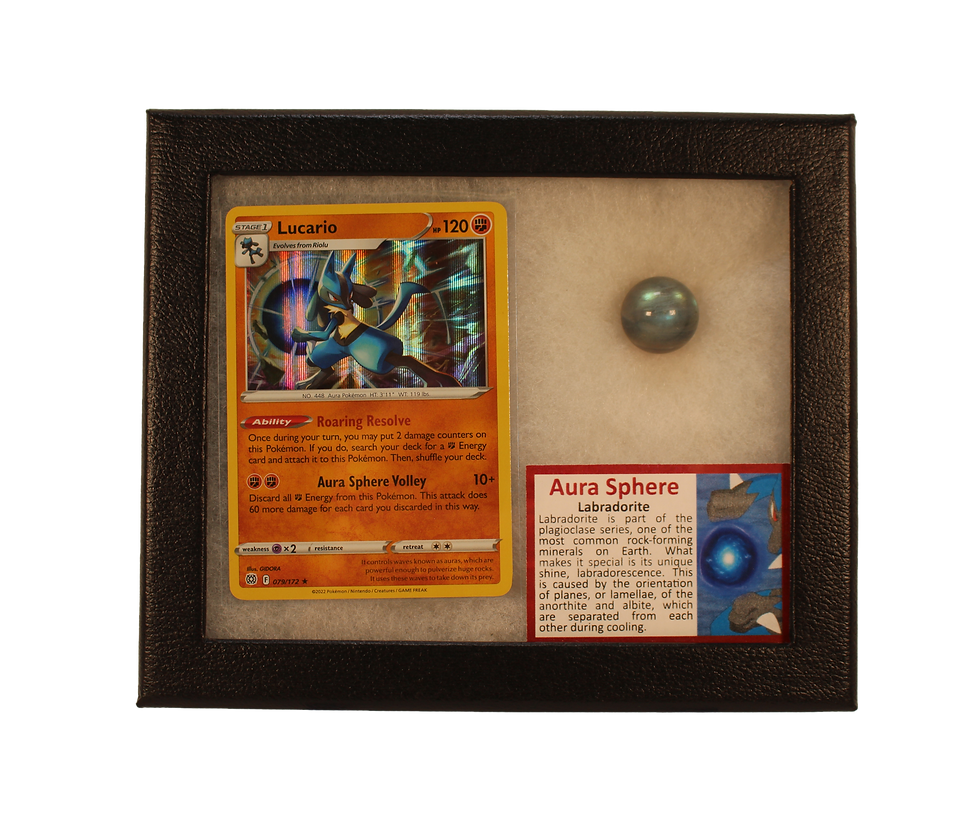STS-42, also known as Space Shuttle Discovery mission STS-42, was a notable flight of NASA's Space Shuttle program that took place from January 22 to January 30, 1992. The mission was primarily focused on scientific research, carrying the International Microgravity Laboratory (IML-1) as its primary payload. STS-42 marked an important milestone in international cooperation in space exploration.
Historical Context:
Space Shuttle Program: By the early 1990s, the Space Shuttle program had been operating for over a decade, with a focus on conducting various scientific experiments and deploying satellites.
International Collaboration: STS-42 was a testament to international collaboration in space exploration. It demonstrated the growing interest in conducting research in microgravity and the ability to conduct experiments on an international scale.
Crew of STS-42:
Ronald J. Grabe (Commander): Ronald Grabe was a U.S. Air Force Colonel and experienced astronaut. STS-42 was his third spaceflight, having previously flown on two other Space Shuttle missions.
Stephen S. Oswald (Pilot): Stephen Oswald, a U.S. Navy Captain, served as the pilot for STS-42. He later flew on another Space Shuttle mission.
William F. Readdy (Mission Specialist): William Readdy was a U.S. Navy Captain and mission specialist responsible for operating the remote manipulator system (RMS). STS-42 was his first spaceflight.
David C. Hilmers (Mission Specialist): David Hilmers, a U.S. Marine Corps Colonel, played a crucial role in the operation of the Space Shuttle and various experiments during the mission. STS-42 was his second spaceflight.
Roberta L. Bondar (Payload Specialist): Roberta Bondar, a Canadian astronaut, was selected as a payload specialist for STS-42. She was the first Canadian woman to fly in space and played a significant role in the mission's scientific activities.
Ulf D. Merbold (Payload Specialist): Ulf Merbold, representing the European Space Agency (ESA), was a payload specialist responsible for conducting experiments related to materials science and fluid dynamics. He was the first ESA astronaut to fly on the Space Shuttle.
Byron K. Lichtenberg (Payload Specialist): Byron Lichtenberg, a payload specialist, conducted experiments related to life sciences and microgravity research during the mission. STS-42 was his second spaceflight.
Mission Objectives:
The primary objectives of STS-42 were as follows:
International Microgravity Laboratory (IML-1): The mission's primary payload, IML-1, featured a variety of scientific experiments from multiple countries. These experiments focused on the behavior of materials, biological organisms, and fluids in the microgravity environment of space. The results of these experiments contributed to our understanding of fundamental scientific processes.
Earth Observations: The crew conducted observations of Earth's atmosphere, weather patterns, and geological features, providing valuable data for scientific research.
Payload Activities: In addition to the IML-1 experiments, the crew operated other scientific instruments and payloads in the Space Shuttle's payload bay.
STS-42 demonstrated the importance of international collaboration in advancing scientific research in space. The diverse range of experiments conducted during the mission contributed to our knowledge of how various phenomena behave in microgravity. It highlighted the capabilities of the Space Shuttle as a platform for scientific discovery and set the stage for future international missions aboard the orbiter.



















